2015 Foresthill, California, USA
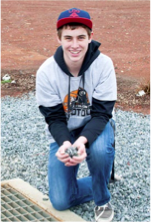
On the Foresthill High School campus, there are large areas of bare ground, especially surrounding the sports fields. As a student in teacher Katherine Cantrell’s environmental science class, Wyatt Ralston learned that when stormwater travels over bare ground, it can pick up sediment and pollutants that can negatively affect aquatic habitats. He also learned that when this storm water runoff enters storm drains, it is delivered directly back to local waterways. These two concepts led to the idea for the Storm Drain-Garden project on campus.
Ralston worked for several months to gather supplies and obtain permission to implement the project. With Caring for Our Watersheds project funding and the help of his classmates and fellow Boy Scouts, he installed gravel and native plants around four storm drains on campus to reduce erosion and to slow and filter storm water before it returns to local streams.
Ralston hopes the project will serve as a demonstration and that it will inspire home or business owners to install their own storm drain-gardens. The project will be visited and maintained by Cantrell’s future environmental science classes.
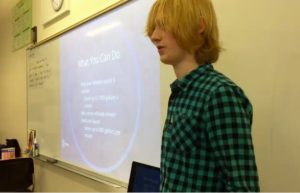
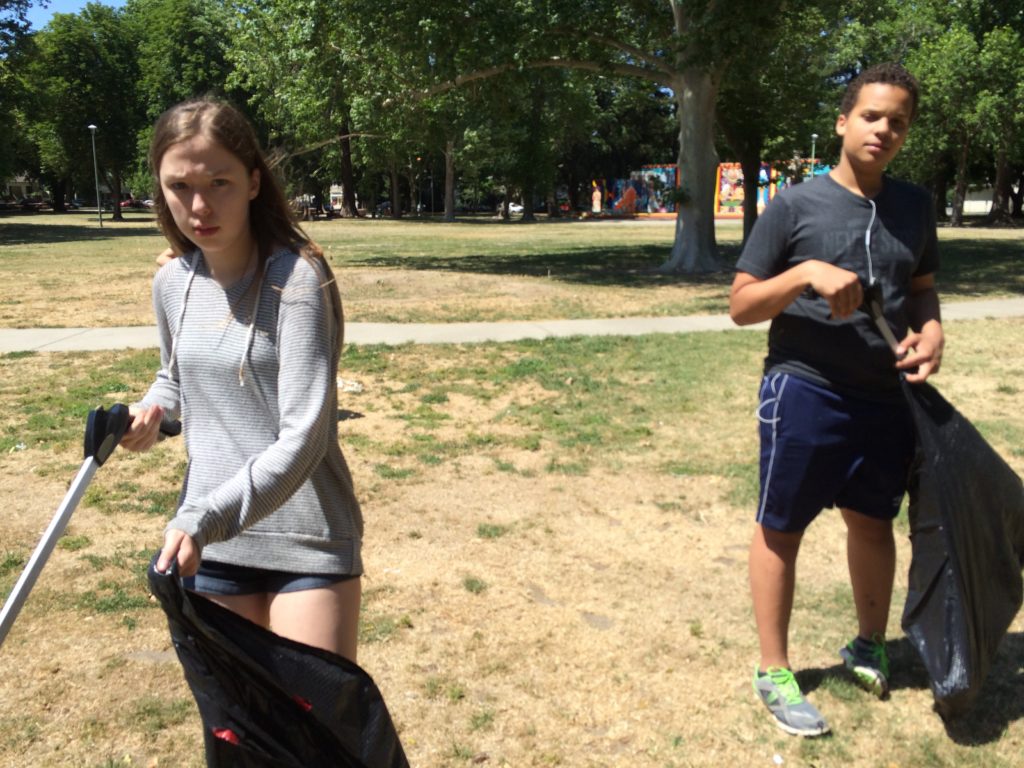
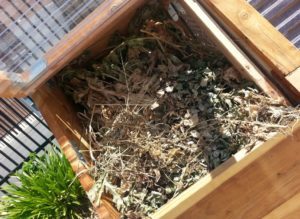
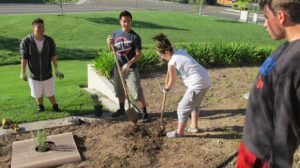
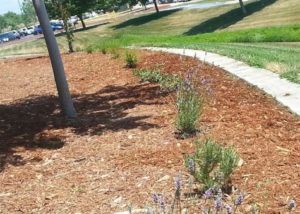

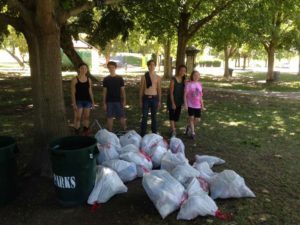
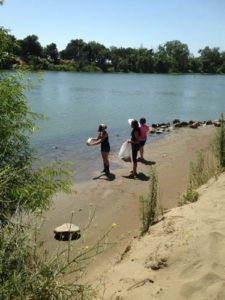
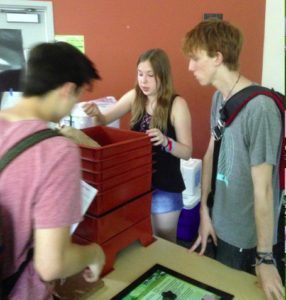
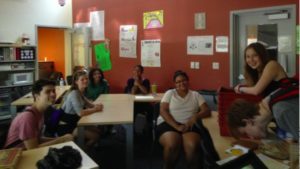
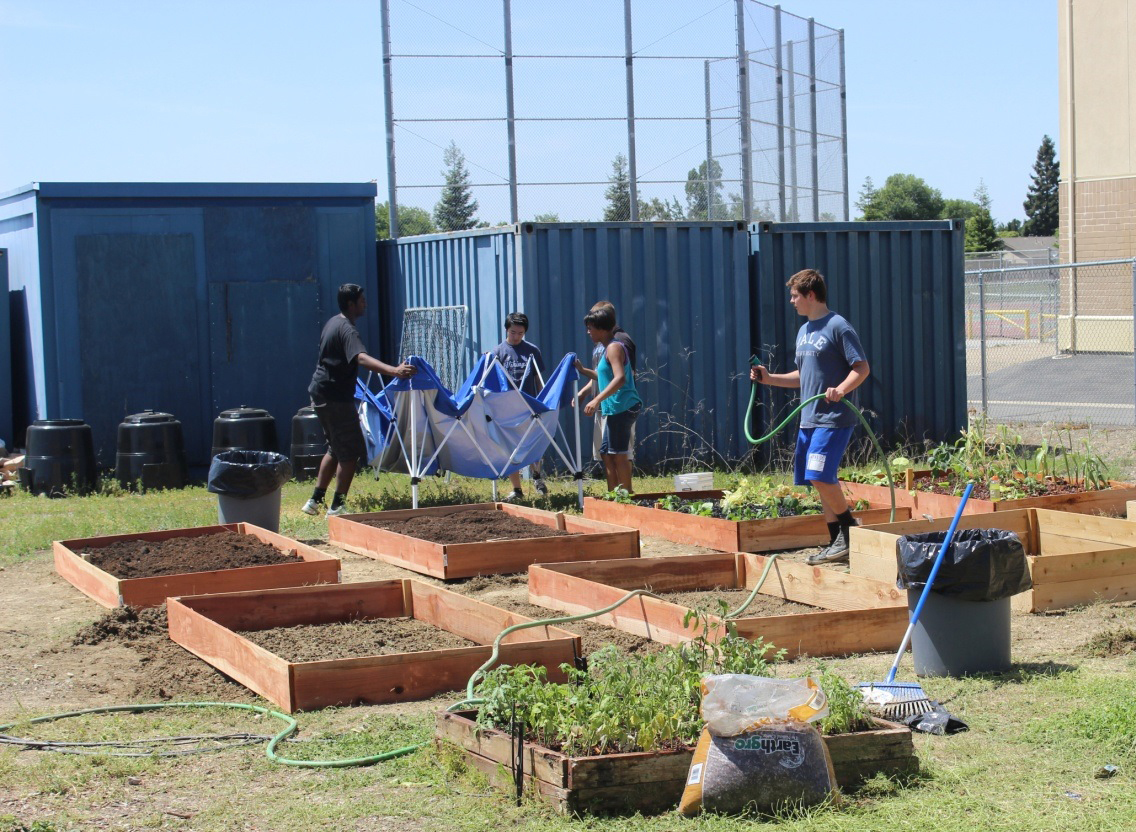
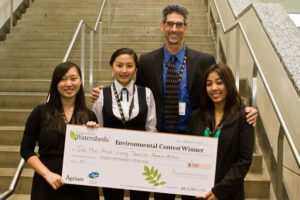
 Rain barrels are designed to collect water, but one distinctive rain barrel designed by students at Daysland School in central Alberta is garnering just as much attention as it is water.
Rain barrels are designed to collect water, but one distinctive rain barrel designed by students at Daysland School in central Alberta is garnering just as much attention as it is water.